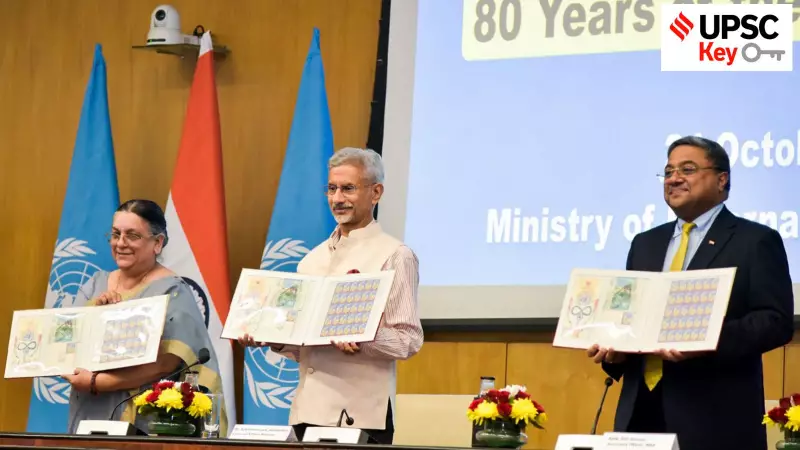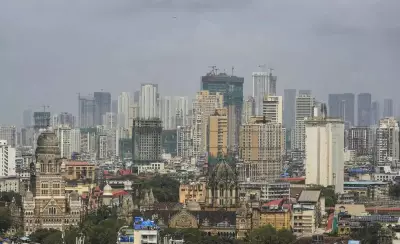
A damning United Nations report has pulled back the curtain on India's staggering judicial crisis, revealing that approximately 80% of cases in Indian courts remain pending - creating what experts are calling a "judicial emergency" affecting millions of citizens.
The Scale of the Problem
The UN assessment paints a grim picture of India's legal landscape, where justice delayed has become justice denied for countless individuals and businesses. With courts across the nation struggling under the weight of unresolved cases, the very foundation of India's judicial system faces unprecedented challenges.
Root Causes of Judicial Gridlock
Several critical factors contribute to this massive backlog:
- Severe judge shortages across all levels of the judiciary
- Infrastructural deficiencies in court facilities nationwide
- Procedural complexities that slow down case resolution
- Inadequate digital infrastructure in many court systems
Government's Digital Solution: NSVS
In response to this crisis, the Indian government has launched the National Service and Verification System (NSVS) - a technological initiative designed to streamline judicial processes. This digital platform aims to accelerate case verification and documentation, potentially reducing the administrative burden that contributes to delays.
The Human Cost of Delayed Justice
Beyond the statistics lies a human tragedy. The pendency crisis affects:
- Individuals awaiting resolution of personal disputes
- Businesses stuck in commercial litigation
- Undertrial prisoners awaiting their day in court
- Families seeking closure in civil and criminal matters
Path Forward: Comprehensive Reforms Needed
Legal experts emphasize that solving this crisis requires multi-pronged approach including judicial appointments, infrastructure modernization, procedural reforms, and greater adoption of technology in court processes. The NSVS represents one step, but comprehensive transformation is needed to ensure timely justice for all citizens.
The UN report serves as a crucial wake-up call, highlighting the urgent need for systemic reforms in what remains one of the world's largest judicial systems.





